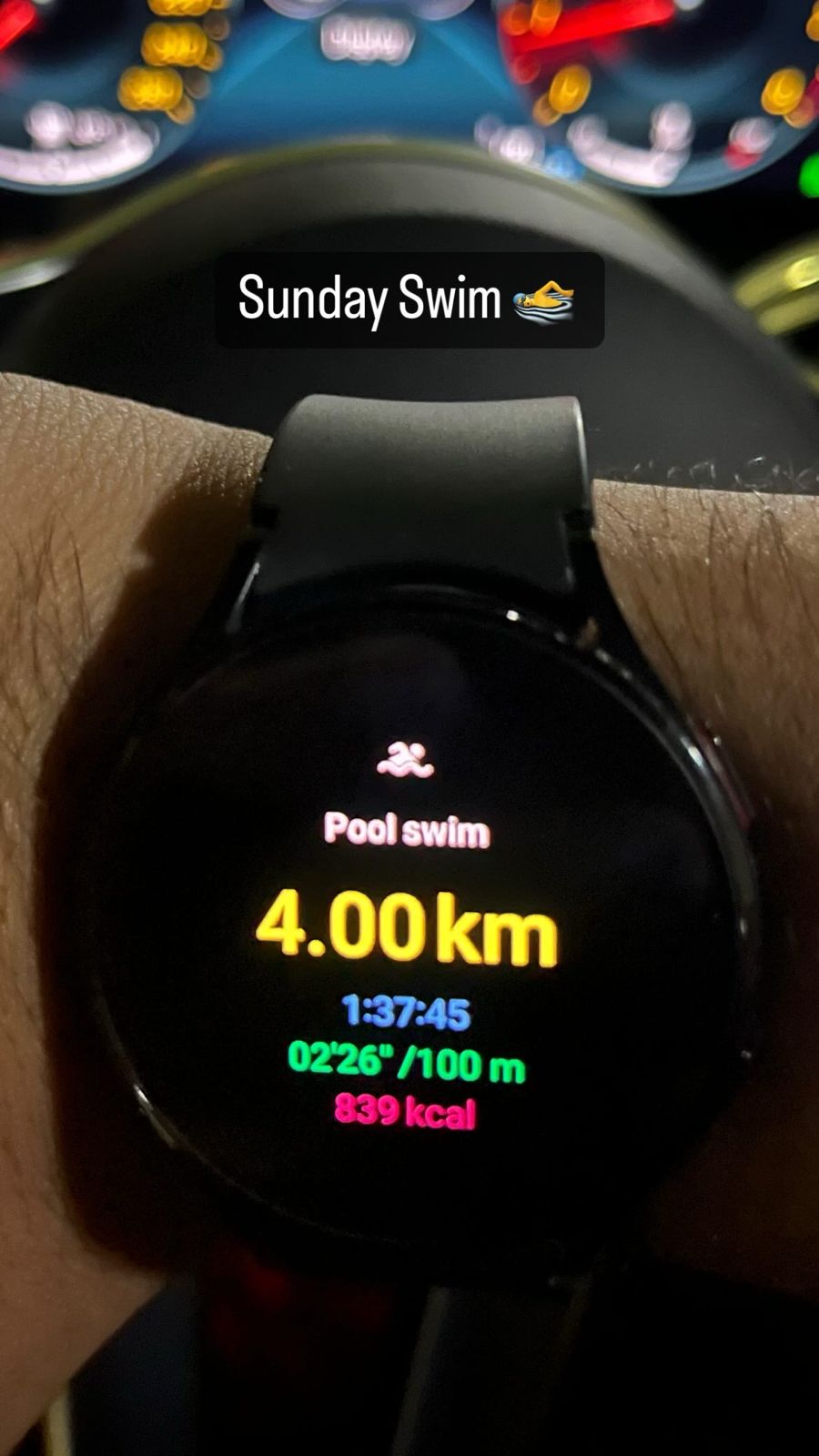With the Lok Sabha Elections 2024 in full swing, the political landscape in India is buzzing with activity. Amidst the rallies, speeches, and campaigns, there's a new player in town: automated IVRS (Interactive Voice Response System) calls, or more commonly known as robo calls. These calls, which relay a recorded message to recipients, have become a significant tool for election canvassing. Particularly in the Jaipur constituency, where I, too, have been a recipient of these calls from Pratap Singh Khachariyawas, the candidate for the Indian National Congress.
The Rise of IVRS Calls in Election Campaigns
Political parties are constantly exploring new avenues to reach voters, and IVRS calls have emerged as a popular choice. These automated calls allow campaigns to deliver a pre-recorded message to a large number of people quickly and efficiently. From reminders about voting dates to highlighting the candidate's achievements, IVRS calls serve as a direct communication channel with voters.
My Experience with IVRS Calls
As I got the mobile sim from Jaipur, my phone has been ringing with IVRS calls from Pratap Singh Khachariyawas, the Congress candidate for the Jaipur constituency. These calls come multiple times a day, and often from different phone numbers, as they use a rotating list to dial out. The recorded message urges me to support and vote for Pratap Singh Khachariyawas, highlighting his vision for Jaipur and the Congress party's agenda.
While initially intriguing, the frequency of these calls has become somewhat overwhelming. It's not uncommon to receive more than 10 calls in a single day, all with the same message. As a voter, I appreciate the effort to reach out, but the repetitive nature of the calls can border on intrusive.
Impact of IVRS Calls on Election Dynamics
The use of IVRS calls in election campaigns is a double-edged sword. On one hand, they have the potential to bring a candidate to the top of voters' minds. The repeated exposure to the candidate's message can create familiarity and recognition, especially among undecided voters.
However, there's a fine line between effective campaigning and spam. The sheer volume of IVRS calls, if not managed carefully, can lead to voter annoyance and backlash. Voters may start associating the candidate with nuisance calls rather than their political agenda.
The Need for Strategic Use of IVRS Calls
As we navigate the Lok Sabha Elections 2024, it's crucial for political parties to use IVRS calls judiciously. While the technology offers a powerful means of communication, it must be accompanied by a thoughtful strategy. Here are some key considerations for effective IVRS campaigning:
- Targeted Messaging: Ensure that the recorded messages are tailored to the specific concerns and interests of the electorate. Generic messages may not resonate as strongly.
- Frequency Control: Limit the number of calls to avoid overwhelming voters. Excessive calls can have the opposite effect, turning voters away from the candidate.
- Call Timing: Choose appropriate times to make these calls, avoiding early mornings or late evenings when they might disrupt personal routines.
- Respect Privacy: Honor the National Do Not Call Registry and respect voters' privacy preferences. Unwanted calls can lead to negative perceptions of the candidate.
As we witness the prevalence of IVRS calls in the 2024 elections, the true impact on voting remains to be seen. While they can be a valuable tool for voter outreach, their effectiveness hinges on strategic execution. The challenge lies in finding the right balance between engagement and annoyance. IVRS calls have become a significant aspect of election campaigns, offering a direct line of communication with voters. However, their success depends on thoughtful planning and consideration for the recipient. As I continue to receive calls from Pratap Singh Khachariyawas' campaign, I ponder the evolving landscape of election canvassing and the role of technology in shaping our democratic processes.


